Nikola Tesla was one of the most important inventors in the early nineteenth century. He invented the AC motor and generator, enabling the transportation of electricity over large distances. Het made many other discoveries in the field of electicity and mechanics some of which are still (actively) misunderstood. Even during his life the idea to move from direct current to alternating current had such impact on the profits of existing businesses (especially of Thomas Edison) that he had a very hard time to get anyone to experiment with it. It was the special requirement of the power plant at Niagra Falls, which needed its power to be transported over a large distance, that gave him his chance to prove AC.
A lot of Tesla’s work had to do with high voltages. He invented transformers that could take low alternating currents to high voltages, able to create sparks that spaned many feet through the air. His fascination was with natural electricity, as it can be found in lightening and the earth. Stick two poles in the ground (don’t have to be copper and zinc, because that would make a chemical battery), and you will find a potential between the electrodes, resulting from an uneven distribution of electrons in the earth. To Tesla the Earth was a vast reservoir of negative electrons, and the sky a sink for positive charge (because you can ionize it, ad electrons to gas molecules, and emit electrons as photon radiation).
A few years back I was looking into static electricity and found that a metal surface will lose charge in the sun. This is a well known phenomena, and it made me wonder how it could be. To me it seemed logical that electrons where being washed from the surface taking negative charge with them. It also occured to me that one could generate a current from the ground to a plate exposed to the sun. I let it rest until I read a patent of Tesla. He invented what he called “A method of Utilizing Radiant Energy”. It has a panel collecting radiant energy.
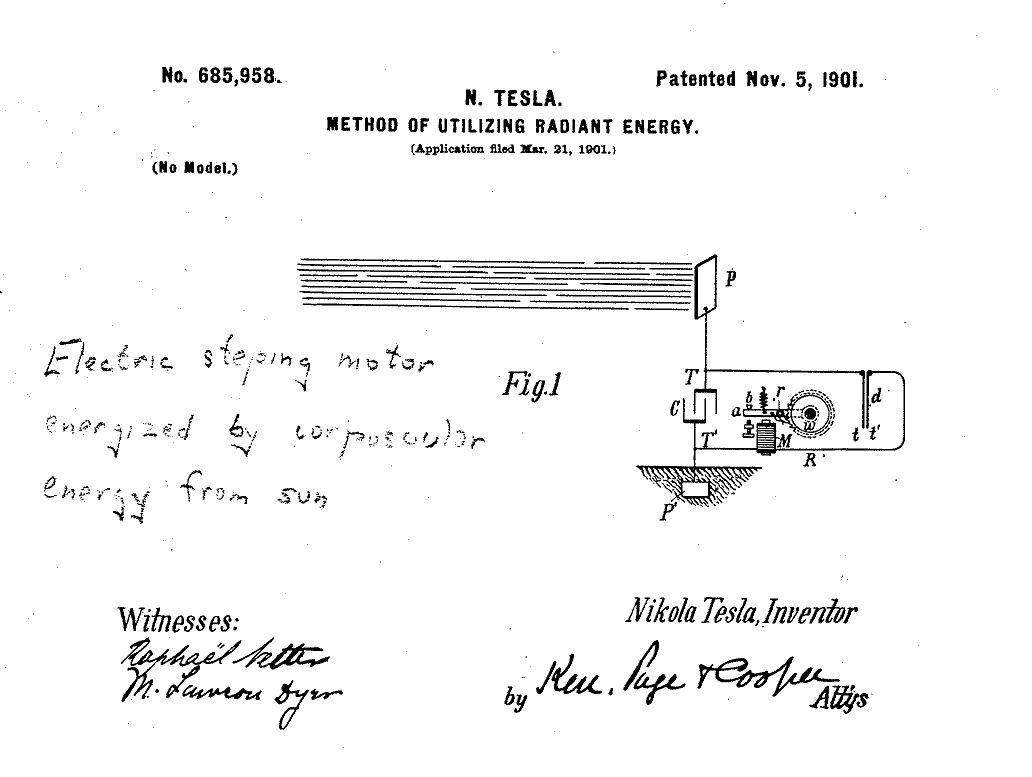
Tesla discovered the same potential source of charge as I did, but the electron was a recent discovery. His explanation was the following:
“The sun, as well as other sources of radiant energy, throws off minute particles of matte rpositively electrified, which ,impinging upon the plate P, communicate continuously an electrical charge to the same.”
and more correctly :
“My own experiments and observations, however, lead me to conclusions more in accord with the theory heretofore advanced by me that sources of such radiant energy throw off with great velocity minute particles of matter which are strongly electrified, and therefore capable of charging an electrical conductor, even if not so, may at any rate discharge an electrified conductor either by carrying off bodily its charge or otherwise.”
So he thought charged particles where thrown off the conductor by radiant energy, which included sunlight, x-rays etc. Now this patent describes what I imagined earlier, and as some Tesla inventions have proven superior to methods in use I thought it worth a try to build a Tesla Solar Panel.
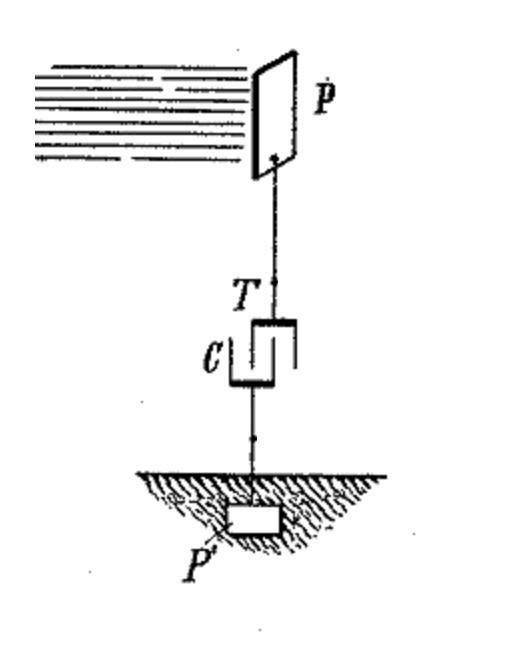
The cleaned up diagram of the Tesla patent looks like the drawing above. P is the panel, which should be metal, shiny, and well insulated (so it can accumulate a charge). T and C combine into a condensor, a device that stores electric charge at two sides of a membrane. Today’s condensor/capacitors can hold a lot of charge, especially so called ultracapacitors. They are easy to come by. P is the ground plate. Here’s how we implemented the device.
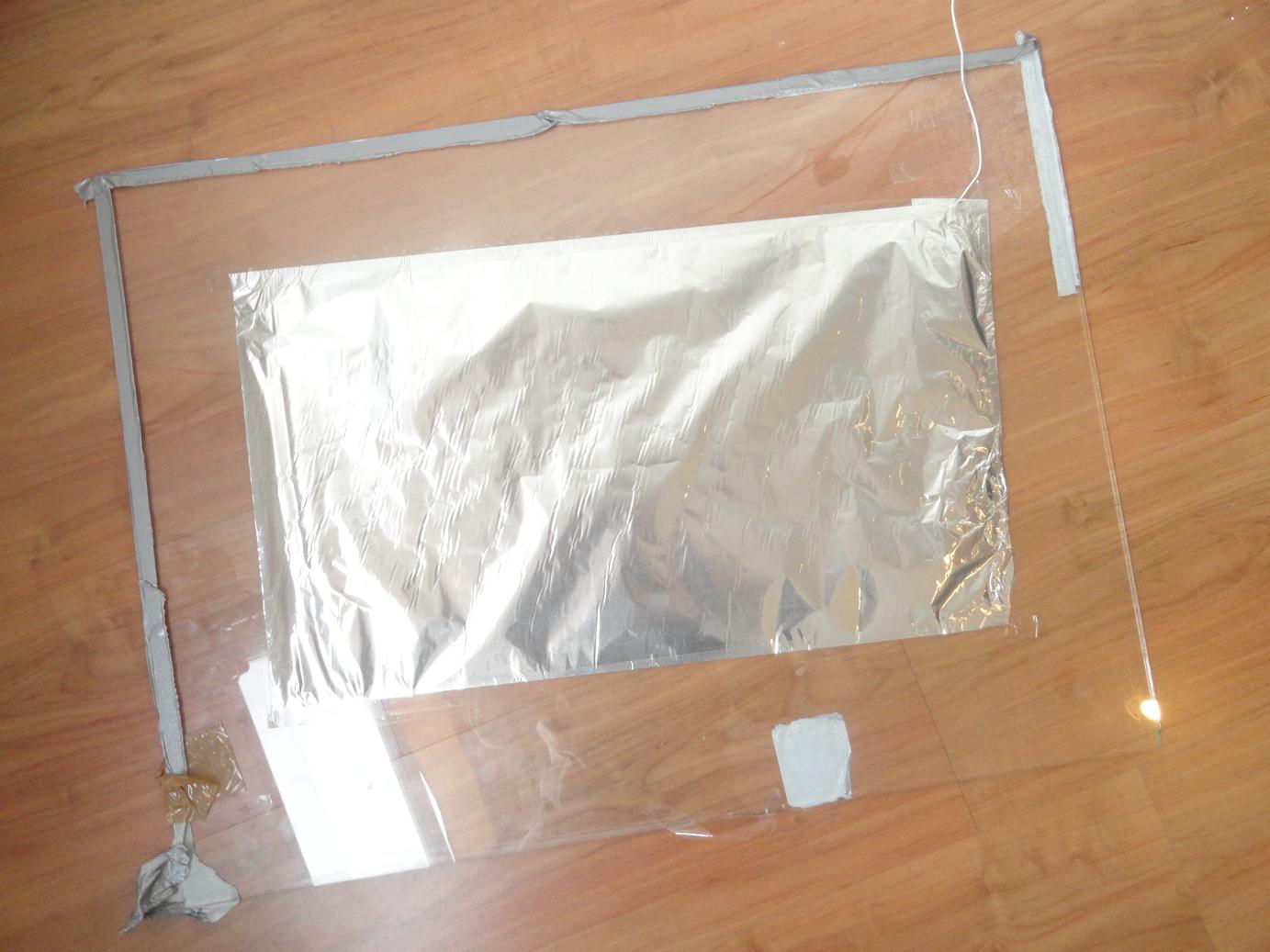
The panel is a sheet of aluminium foil on glass (insulator) one wire runs from it to a capacitor. The wire is connected to the positive side, because the ‘panel’ will charge positive due to the loss of electrons. The ground side is negative. The more shiny the metal, the more electrons can be found on its surface.
Accordig to Tesla the capacitor could even be damaged by the charge accumulation:
this charging of the condenser may continue, as I have actually observed, almost indefinitely, even to the point of rupturing the dielectric.
We use a 63 volt capacitor.
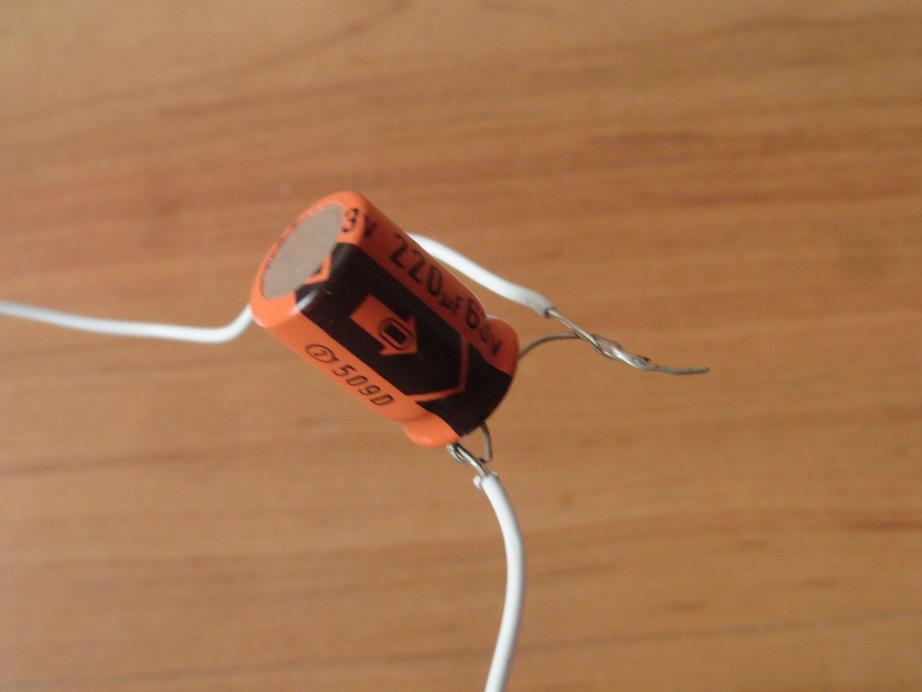
To implement the ground plate we used a normal grounded AC plug, but we removed the 220 AC poles to make it a bit safer. This should be a real ground connection as good as it gets.
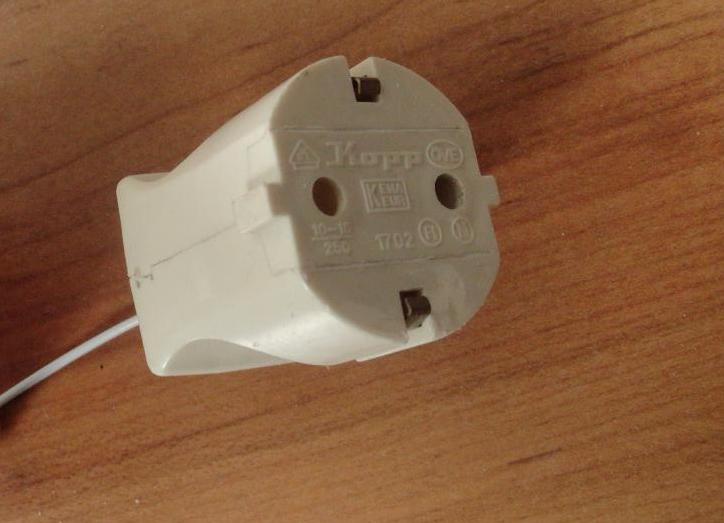
We measured the charge accumulation, the voltage over the capacitor after different intervals. It is clear the amount of voltage is tiny, in the millivolt range, but it did accumulate (measuring it made the voltage drop, so we measured at intervals). I.2 millivolt after about 5 minutes from a 0.5 x 0.3 meter piece of foil not fully exposed to the sun. Not yet enough to drive a LED though.
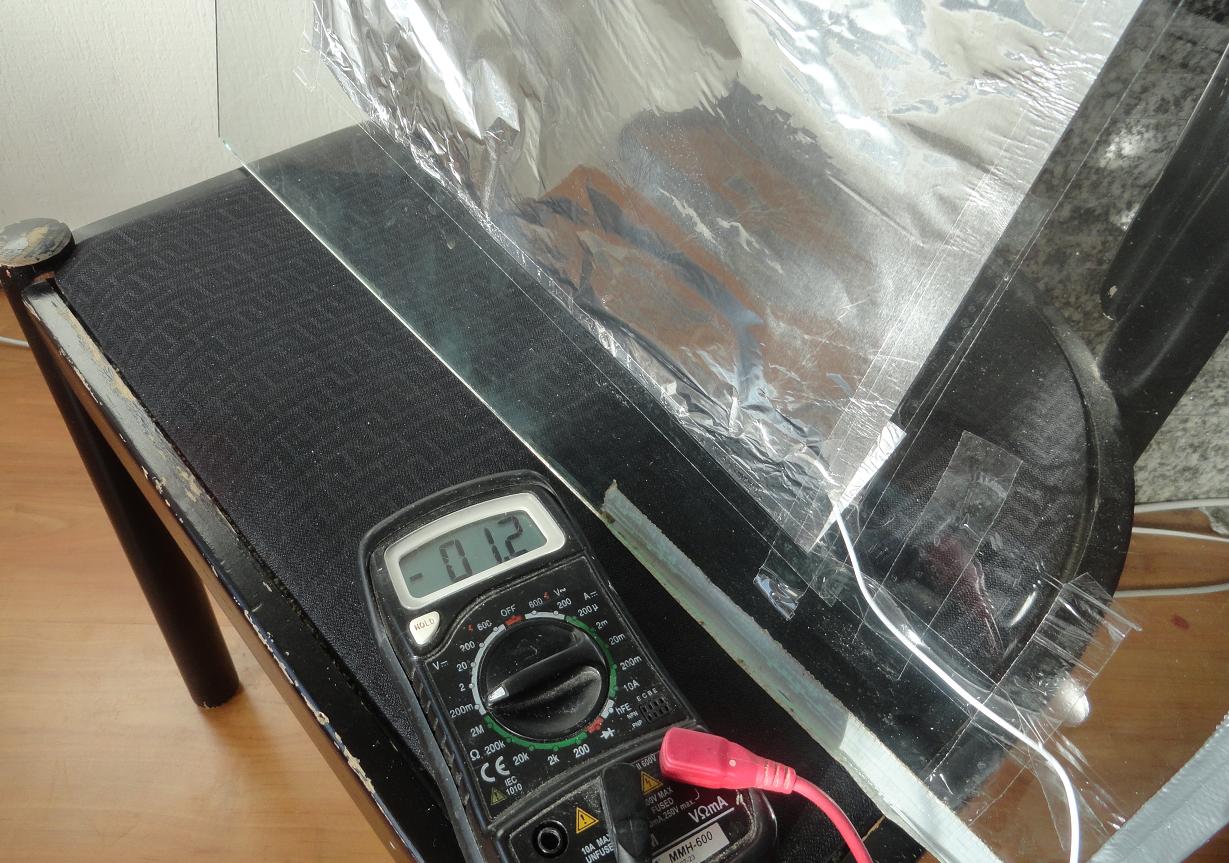
It is clear the potential came from the charged capacitor. One can doubt with such small voltages but switching the poles did swith the sign of the voltage. The longer we waited the higher the voltage. These are small numbers but they do add up to usefull amounts in today’s environment of ultra low power devices. It is also unclear whether the power can be used to drive a mechanism that may accumulate more energy over time.
Improvements :
- Conduct in dry environment or even vacuum tube?
- Use copper or silver
- Concentrate radiation
- Does the incident angle of radiation matter?
- Perhaps creating a spiky panel will lose more electrons?
- What if you make the panel the condensor?
Clearly heating up the metal helps free more electrons. This is called thermionic emission. It is the basis of some designs of Concentrated Solar Power plants, where solar light heats up a Thermionic element that loses it’s electrons, turning negative. The thermionic converter reaches thermal efficiencies of up to 20%. The trick to increase the output is to remove the electrons away from the emission area (plate).
It should be possible to use metal roofs of buildings to produce power. It would require the insulation of the metal roof surface from the support with rubber or some other dielectric.